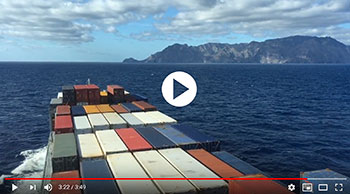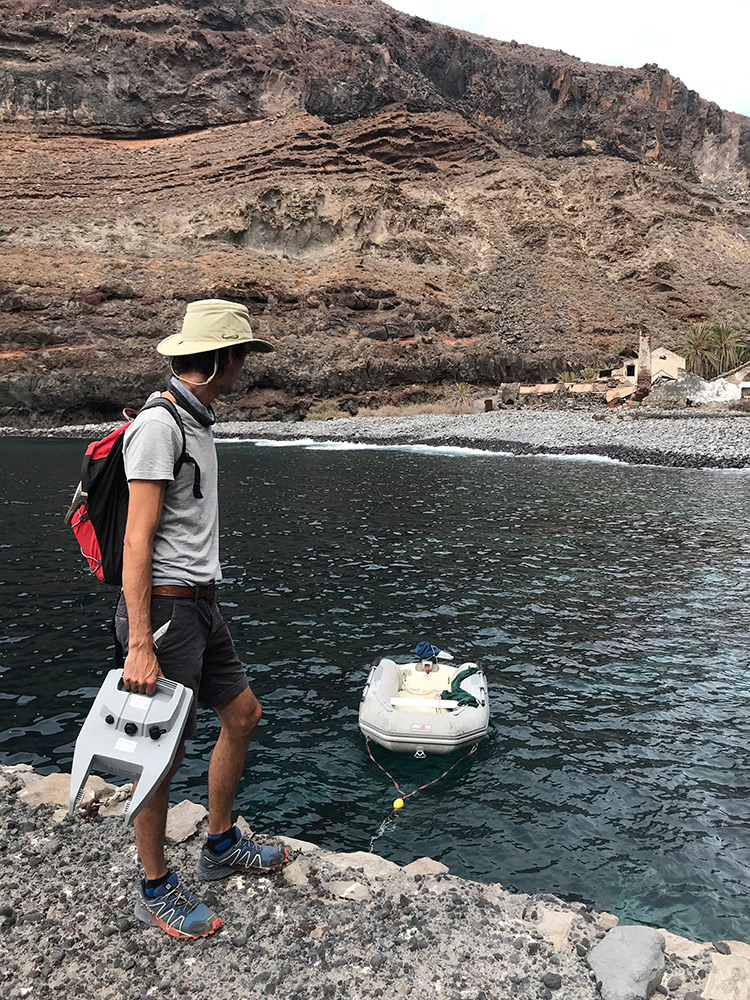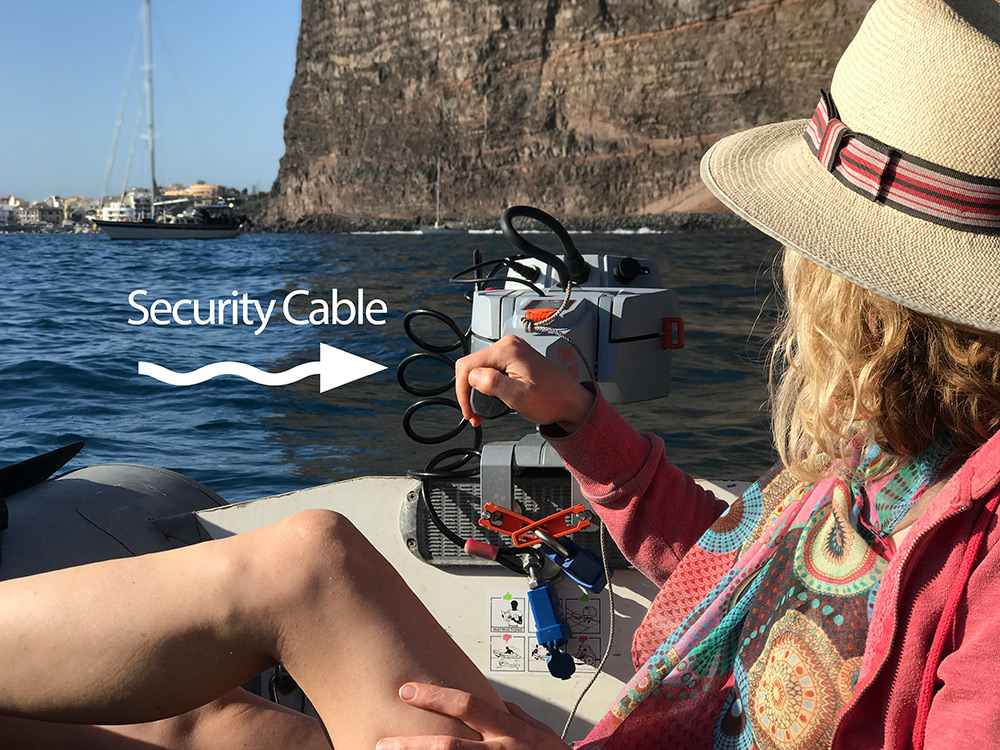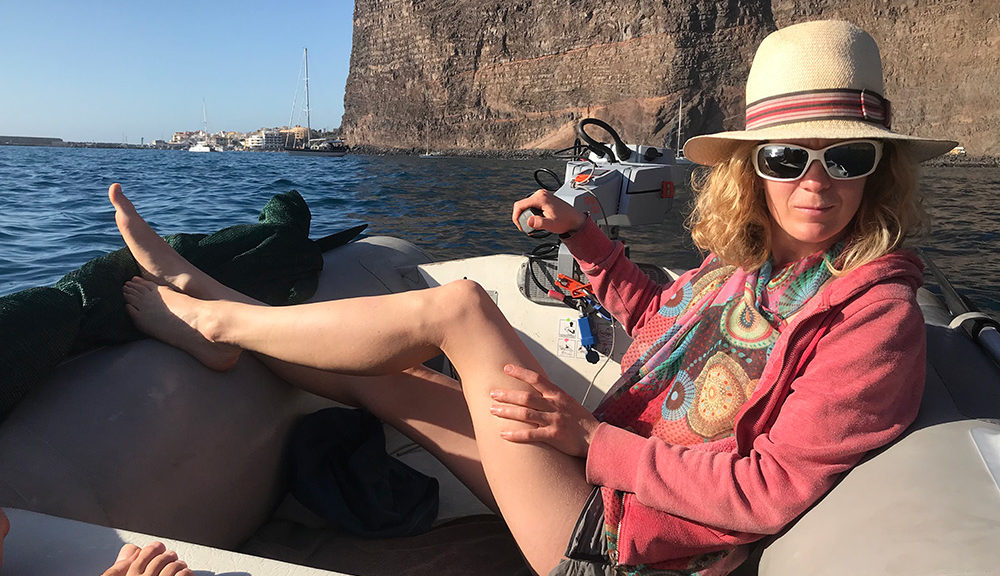2019 saw us ditch the petrol outboard engine and move to electric! This a fairly big move given that we use the outboard every day to get to shore, go fishing, diving and general adventures. Here is what we think!
We like to use our dingy a lot. We often go on little adventures up creeks or along the coast just to see what is about. Sometimes overnight with camping gear. As such the outboard is important! But they’re heavy, dirty and certainly not green. We figured our outboard actually uses more fuel per mile pushing along our dingy than our main inboard engine does on Shadowfax… which is 17 tonnes!
Here are the benefits which attracted us:
- No starting issues
- Quieter
- Zero maintenance
- Lighter weight
- No hazardous fuel to store
- Cleaner
However, here were the possible concerns we had:
- Wouldn’t be powerful enough
- Battery wouldn’t last long / have to recharge too often
- Could we charge from our batteries
- Quality / weather resistance
- Attractive to thieves

Ian from Nestaway Boats, the main independent supplier of electric outboards in the UK, gave use some pretty good advice in terms of our four concerns above. The thing is you can tell if someone is trying to sell to you and it was clear the advice was solid and impartial. Anyway on the back of that we choose a Torqeedo 1103 mostly because it is German built and sometimes you can tell a lot about a product but the quality of the plastic. It just seemed higher grade than the ePropulsion alternative.
Anyway lets cut to the chase! We carted it out to the boat which was in the Canary Islands at the time. We decided to go via cargo ship to cut down our carbon footprint so it wasn’t too much drama to get it there. Taking it via plane would have been very difficult due to the very large lithium battery. After 8 weeks using it in the Canary Islands here is what we think!

Benefits:
All the benefits I listed above are absolutely bang on. Starting it is just ridiculous. You press an “ON” button and then twist the throttle, in the same way you would for a normal outboard, and you’re off! Amazingly, to go in reverse you just twist the other way. Gone are the days of needing clean fuel, just the right amount of choke and so on….
Quiet is an understatement. It glides along with a very slight hum. It makes tootling along at just 1-2 knots a lovely experience. For fishing and bird watching, it is a master stroke!
Maintenance is zero. Literally zero. No oil changes. No carb cleaning. Just works. We have taken to fresh water rinsing it after each use but perhaps that will ware off.

Weight wise it was only about 2kg less than out petrol outboard. However… and it is a big “however”… The battery disconnects very easily. So if we want to haul the dingy ashore, or lift it up on the davits, we can just disconnect the battery. This leaves only the prop shaft attached which weigh around 8KG. This also means we don’t need an engine hoist to get it back aboard. This is a big deal!
Not having to store petrol on board is a boon. Petrol is a bloody liability. It goes off, its very flammable and it stinks. We don’t want to store more than we need to which means we need to remember to fill up every now and again. Bye bye petrol!
Lastly and most importantly, it’s green. We’re not burning a fossil fuel, we’re not using up oil and we’re not accidentally spilling petrol in the water whilst trying to refill on the go!
Concerns:
Power was a concern for us. Would it have enough torque to push us along with 4 people in the dingy, against a head wind and some chop! The answer is yes, absolutely. Torqeedo says it is rated for “tenders, dinghies and day sailors up to 1.5 tons”. They also say it is equivalent to a 3hp petrol outboard. I think it is a difficult comparison as a 3hp outboard would struggle on a 1.5ton trailer sailor, lets face it! The Torqeedo basically has more torque than the equivalent petrol outboard but less rotational speed. So it’s not going to get on the plane but it does have the power.
The other concern was battery longevity. Would we be looking at recharging every couple of days? Apparently not. We agreed that it would be best to keep it fully charged where possible but initially we thought it would be a good test to see how long we could go before it really did need charging. 2 weeks later we’re still on 15% charge! Ok we didn’t do big trips but we did use it daily to go ashore, fishing or diving. Either way, we’d have been happy with 5 days between charges!
The outboard comes with a mains charger but what good is “going green” if you’re just burning energy from the mains, which is likely to be generated using some degree of fossil fuels. We wanted to charge from our batteries which are topped up by solar. Torqeedo have a 12v charging cable which appears to be just a cigarette lighter with a 2.5mm jack on the end. They charge a handsome £35 for this!!! I only found out after I ordered it so I was kicking myself. However…. it is very well made and does have screw-in waterproof connector. I’m now eating my words and glad I got it, even if it was £35.
Quality is yet to be seen so we cant really comment but it appears well built and the manufacturer has a good reputation. Also… “ze Germans” built it. Enough said.
Lastly, we knew it could be attractive to thieves. However, the detachable battery is a big deal in this regard. On a couple of occasions we disconnected the battery when we left the dingy for a day to going walking ashore. We then just hid it in a bush. No one is going to steel an outboard where the most valuable bit is missing, and likewise, no one could motor away the dingy without any power.

We do however have a water proof security cable that loops through the battery handle for added piece of mind when leaving it in a town harbour.
All in all we’re really glad we made the investment. With luck it’ll still be ticking along in 10 years, by which time we’d have saved about £250 in petrol and prevented a good deal of carbon entering the atmosphere.
